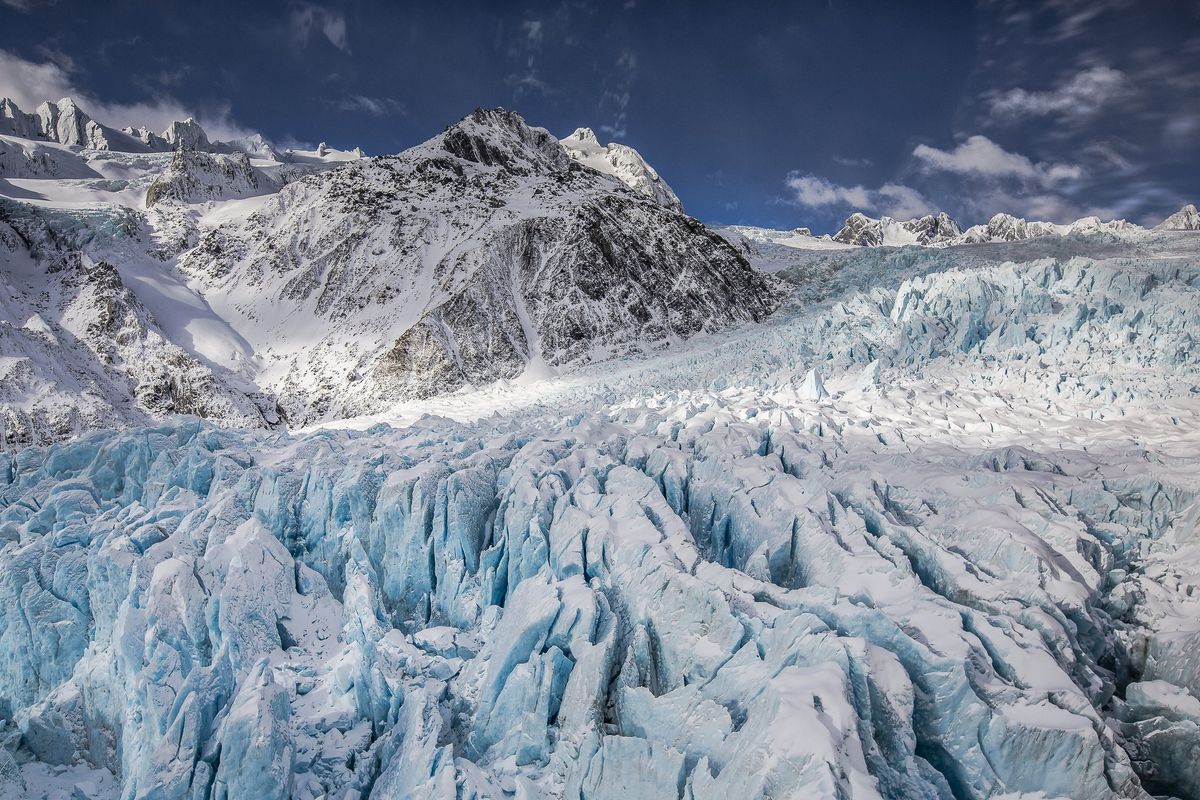Harriet Brewis
Oct 10, 2024
Are there aliens among us?
Fox - 4 News / VideoElephant
Scientists believe they have finally established the truth behind one of the world’s greatest deep sea mysteries.
Back in 2011, Swedish explorers Peter Lindberg and Denis Asberg were combing the Baltic Sea for treasure when their sonar radars detected a jaw-dropping structure.
Lying nearly 300 feet (90 metres) beneath the waves, the object was circular with a diameter measuring approximately 200 feet (60 metres), the Discovery Channelreports.
Perhaps most remarkably, the form was marked with angular lines, leading many to liken it to the iconic Star Warsstarship the Millennium Falcon.
More staggering still, it appeared to feature “stair-like formations”, leading to a dark hole and another unknown object around 660 feet (200 metres) away.
Speaking about the discovery at the time, Asberg told Sweden’s TV4: “We were really surprised and puzzled.
“We were thinking, ‘What is that we have found here?’. This is not a wreck. At that time we thought for sure there was a natural explanation.
“We wanted to look into it some more and decided to keep this totally quiet. We contacted geologists, marine biologists and when they said they had never seen anything like this, of course, more thoughts were triggered. It could be something really awesome that we’ve found."

The enigmatic nature of the find prompted a flood of speculation, with some netizens suggesting it could be the remains of an ancient civilisation, others convinced it was the shell of a UFO and others even positing that it could have been a hidden Nazi weapon or the entrance to a secret World War II bunker.
For his part, Lindberg was keen to offer his own ideas of what the object might be: "It has these very strange stair formations, and if it is constructed, it must be constructed tens of thousands of years ago before the Ice Age," he said in a 2012 radio interview, as quoted by NBC.
For context, the peak of the last Ice Age occurred some 20,000 years ago.
"If this is Atlantis, that would be quite amazing," Lindberg added, in reference to the legendary continent.
Still, he also acknowledged, more prosaically, that it could also be a natural formation, such as a meteorite that crashed to Earth, or an underwater volcano.
Suffice it to say, some of these theories were lent more credence than others.
And yet, for years experts couldn’t agree on what the structure – which came to be known as the Baltic Sea Anomaly – really was.

Whilst most researchers concluded that the anomaly was made of rock, others insisted that it was, in fact, constructed of metal.
Fuelling this latter hypothesis was the claim made by diver Stefan Hogerborn, who was part of Lindberg and Asberg's Ocean X mission that made the original discovery.
He told reporters that electrical and satellite equipment cut out whenever they got too close to the object, according to a TechSciblog post.
"Anything electric out there, and the satellite phone as well, stopped working when we were above the object,” Hogerborn reportedly said.
“Then when we got away about 200 metres, it turned on again."
Meanwhile geologist Steve Weiner, of the University of Texas, allegedly carried out tests on the anomaly, which led him to conclude that it was made of “metals which nature could not reproduce itself”.
Over the years, the Ocean X team continued to explore the enigma, taking samples from the site and even, in 2016, making a documentary about it all.
Volker Brüchert, a Stockholm University geologist, reportedly studied some of these samples and said: "What has been generously ignored by the Ocean-X team is that most of the samples they have brought up from the sea bottom are granites and gneisses and sandstones."
His own analysis prompted him to insist that there was nothing mysterious about the object at all.
"I was surprised when I researched the material I found a great black stone that could be a volcanic rock,” he said.
“My hypothesis is that this object, this structure was formed during the Ice Age many thousands of years ago."
Göran Ekberg, a marine archaeologist at Stockholm's Maritime Museum, conceded that the anomaly’s appearance was “weird” since it is “completely circular”.
But, he pointed out: “Nature has produced stranger things than that."

Research undertaken by experts including geologists, scientists, marine archaeologists and even planetary geomorphologists, established that the Baltic Sea Anomaly is the result of a naturally occurring phenomenon.
The specifics of their theories differ, but they largely agree that it is the remains of a process of glacial movements that occurred during the Ice Age.
Hypotheses include that it may be made of sandstone or of basalt – a rock formed from hardened lava as a result of an underwater volcano, the Discovery Channel notes.
It may also be a moraine – a mass of rocks and sediment deposited by a glacier, typically forming ridges at its edges.
Still, the structure’s co-discoverer, Lindberg, has remained philosophical about the find.
He said: "I have been the biggest sceptic, I was kind of prepared for finding just stone. For me, it has been an amazing experience.
“I think it is very odd in its shape. It is tough to give an explanation as to what it might be exactly, since different scientists have many different theories.
“Whatever it is, it is something we do not usually find in nature sitting in the dark cold depths of the Baltic Sea."
Sign up for our free Indy100 weekly newsletter
Have your say in our news democracy. Click the upvote icon at the top of the page to help raise this article through the indy100 rankings
Top 100
The Conversation (0)














